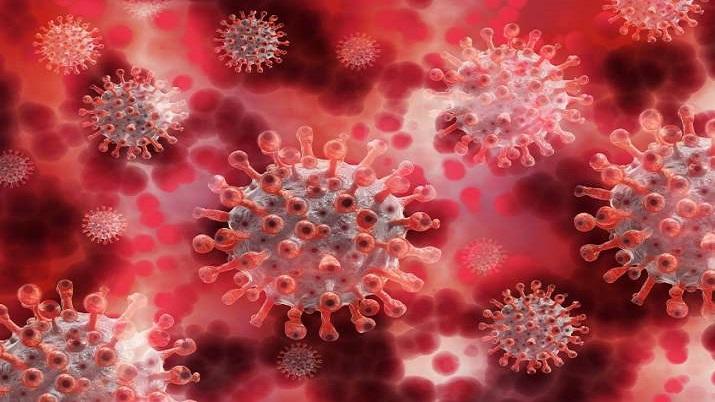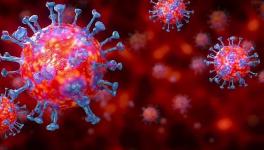SARS-CoV-2: Indian Scientists Find Novel Variants in the Country

Image Courtesy: Pixabay
Indian researchers have found 73 new variants of the SARS-CoV-2 circulating in different parts of the country. The research jointly conducted by Institute of Genomics and Integrative Biology (IGIB), Delhi and Institute of Medical Sciences(IMS) and SUM hospital, Odisha have been able to isolate the variants through genome sequencing of 1,536 samples in three months. The samples include 752 clinical samples.
The research said that two genetic lineages, namely, B.1.112 and B.1.99 have been found in India for the first time. According to the researchers, the two lineages need further investigation for to determine their infectivity and impact on disease severity.
According to Jayshankar Das, the lead researcher and director of IMS and SUM hospital— “There is a hint for new mutations from these two lineages. There are chances of getting new strains of the virus. But, we are still studying if these can be called mutations at all or whether it can affect the community and are found in rest of the world.”
Das further explained that the variants could be considered as mutations if they are found in different clusters of population in the country or these are present in more than 1% of the population. Till then, these should be considered as variants only and it can’t be said that these are new strains.
A viral strain is something that undergoes mutations from the original one and evolves with different characteristics. Viral evolution is a common phenomenon. Among other factors that marks how a virus evolves is what is known as point mutation. A point mutation can either be in a specific location of the DNA or it can give rise to the change in a specific position of a critical viral protein. A change of a single base in the DNA or a single amino acid of a protein, the hallmark of point mutation can bring in huge change in terms of physiology, infectivity and severity of a microorganism, or any other organism. As a result of such point mutations, different strains of a virus are evolved that is slightly different version of the original virus.
Also read: COVID19: What Do Mutation Studies of the Virus Reveal?
The benefit of finding variants in treatment of the disease is that when a person gets tested for the presence of the virus in his body, specific tests could be done to find out which particular variant the person carries and targeted treatment can be implemented depending on the disease severity and contagiousness.
The team of researchers is also studying characteristics of 500 genomes of the virus to decipher the cause of symptom variability among patients. Successful completion of the study may pave a way for understanding some crucial aspects like why the virus manifests a range of symptoms and whether the genetics of the virus has to do something with it.
In the meantime, researchers from Malaysia and Philippines have found the strain called D614G in their population. Earlier, this particular strain was found to be dominating across the world, and is different from the original one in Wuhan. Researchers have said that the new strain is now present in many parts of the world and is associated with more infectivity of the virus. However, this is not correlated to more disease severity.
This strain was found in a Malaysian cluster that was reportedly started from someone who returned from India. The Philippines also found the same strain in its random testing. According to Benjamin Cowling, the head of epidemiology and biostatistics of University of Hong Kong, there is no considerable epidemiological evidence that this strain is more infectious than others. He also said, “It’s more commonly identified now than it was in the past, which suggests that it might have some kind of competitive advantage over other strains of COVID-19.”
While detailed genetic information about the novel coronavirus is growing in numbers, South East Asian countries still have scarcity of such knowledge. The first genome sequence was published by China back in January, just after over a month of the outbreak started there. Since then, there is plethora of sequences of the viral genome which have surely helped scientists to find out more.
Get the latest reports & analysis with people's perspective on Protests, movements & deep analytical videos, discussions of the current affairs in your Telegram app. Subscribe to NewsClick's Telegram channel & get Real-Time updates on stories, as they get published on our website.















